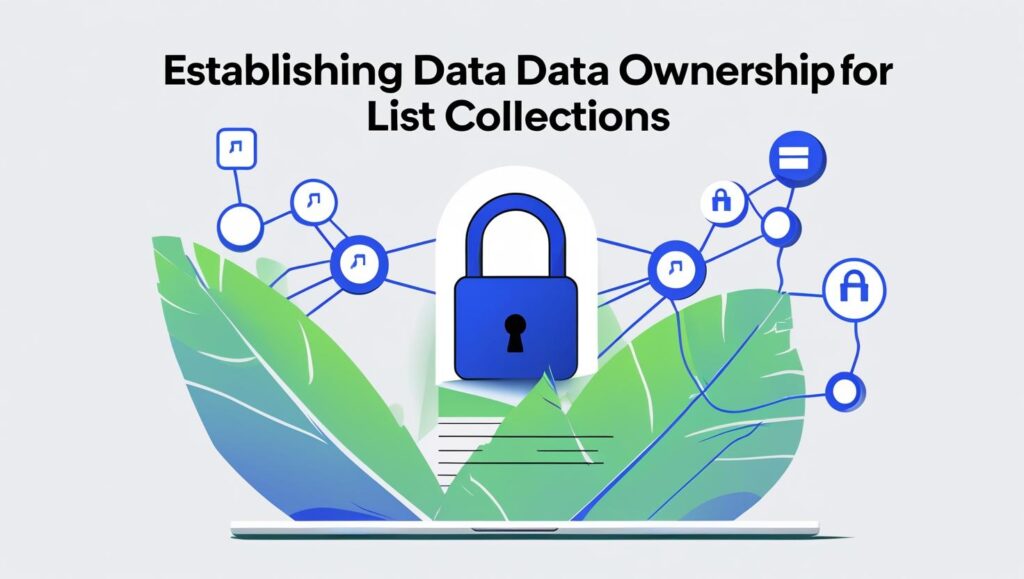Before converting lists to data, it’s crucial to establish clear data ownership. This defines who is accountable for the data’s accuracy, integrity, and privacy throughout its lifecycle. Clear ownership ensures proper management, compliance, and responsible use of the transformed information, preventing disputes and fostering accountability within the organization.
Implementing Data Privacy Controls for Sensitive Lists
When lists contain sensitive information, robust data privacy controls are list to data essential during conversion to data. This involves adhering to regulations like GDPR or CCPA. Techniques such as data anonymization, pseudonymization, and access restrictions protect individual privacy, ensuring compliance and building trust with data subjects while enabling valuable analysis.

Ensuring Data Accuracy During List Transformation
Data accuracy is paramount in the list-to-data conversion process. Implementing validation rules, cross-referencing with master data, and conducting regular audits are vital. Any discrepancies or errors introduced during transformation can lead to flawed insights and poor decisions. Maintaining high accuracy ensures the reliability and trustworthiness of the converted data.
Data Retention Policies for Historical Lists
Defining clear data retention policies for historical lists and their converted data is crucial for compliance and efficient storage. This involves determining how long data should be kept based on legal, regulatory, and business requirements. Proper retention policies prevent unnecessary data accumulation while ensuring necessary information is available when needed.
Auditing and Logging List-to-Data Transformations
Comprehensive auditing and logging of all list-to-data transformation processes are essential for transparency and accountability. This involves tracking who accessed what data, when changes were made, and by whom. Audit trails are critical for troubleshooting, demonstrating compliance, and investigating any data integrity issues, providing a verifiable history of data modifications.
Disaster Recovery Planning for Converted List Data
Having a robust disaster recovery plan for converted list data is vital to ensure discovering trends through list data analysis business continuity. This includes regular backups, offsite storage, and clear procedures for data restoration in case of system failures, cyberattacks, or natural disasters. A well-defined plan minimizes downtime and data loss, safeguarding valuable information assets.
Compliance with Industry-Specific Data Regulations
Converting lists to data often involves adhering to industry-specific contact lists regulations (e.g., HIPAA for healthcare, PCI DSS for finance). Understanding and implementing these specific compliance requirements is non-negotiable. This ensures that data handling practices meet legal standards, avoiding penalties and maintaining the organization’s reputation and operational license.
